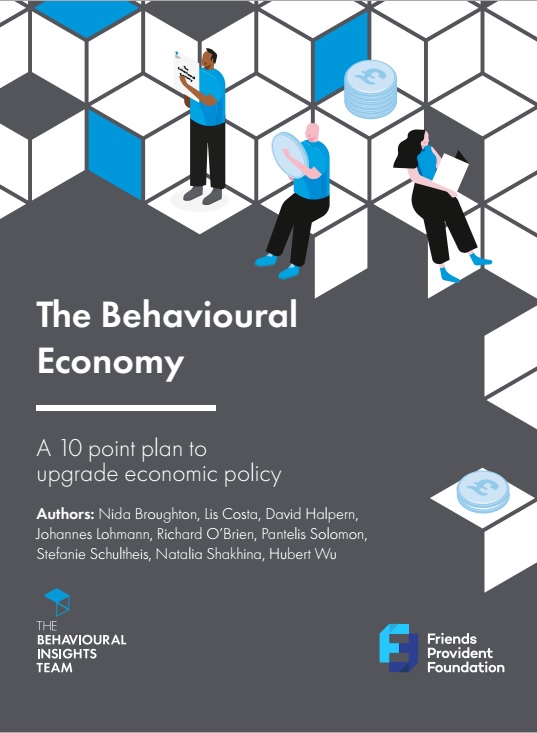New UK Prime Minister Liz Truss looks set to make a growth-boosting agenda the centrepiece of her premiership. Her Chancellor, Kwasi Kwarteng has committed to a ‘radical supply side agenda’, to include cutting the tax burden and reducing regulation – there is again talk of a Big Bang 2.0 in the City, coupled with a strong emphasis on personal responsibility. The ’fiscal event’ planned by Kwarteng for tomorrow, 23 September promises to give us a taste of what this means in practice.
Back to the 80s?
All of this has echoes of the 1980s when the government slashed corporation tax from 52% to 34% by the end of the decade, cut the overall tax burden, privatised water, energy and telecoms, and deregulated financial markets. From 1982 to 1989, the UK saw average annual growth of over 3.5% – the UK hasn’t seen the likes of annual growth like that since.
In 2022, the potential gains from supply side reform aren’t as large as they once were. However, after a decade of flatlining productivity, the Truss government is absolutely right to prioritise boosting growth – and there is a huge opportunity for next generation supply-side reforms to unleash the UK economy.
1. Tax design, not just tax cuts
Back in the 1980s, as corporation tax was slashed, the overall tax-take actually went up as revenues and profits rose. That’s in line with the theory that lower taxes create more incentives for companies to base themselves in the UK, invest and grow.
But over the past decade or so, when corporation tax has been lower, there’s been less of a clear link between the headline tax rate and overall tax receipts – allowances and reliefs have become more important. Similarly, whilst in theory cutting income taxes and national insurance could sharpen incentives to work and help with the cost of living, these are already low by historic standards, according to Resolution Foundation analysis.
That limits the gains to be made from straightforward 1980s-style cuts. However we can maximise the impact of tax cuts on growth by pairing them with better tax design – reducing the tax burden for businesses that most need an extra boost to actively invest in the UK.
For example, we spend £7.4 billion a year on R&D reliefs. But BIT research shows that many first time R&D investors – smaller businesses in particular – say they only found out about the relief after investing, often from their accountant. That means that a huge amount of R&D reliefs is likely to be deadweight cost to the taxpayer.
Worse, recent reports suggest that many businesses are over-claiming. We should crack down on spurious claims alongside targeted action to reach businesses at a point where we can shift real decisions to innovate and invest in the UK – things like: targeting small growing businesses that aren’t yet investing in R&D with help on using Advance Assurance to secure finance and prompting claimants towards broader business support to help them realise the productivity gains of investment. The same principles apply to many other allowances and reliefs.
After a decade of flatlining productivity there is a huge opportunity for next generation supply-side reforms to unleash the UK economy
2. Market infrastructure to drive competitive markets
The theory behind deregulation is that it reduces costs to business and lowers barriers to entry – creating thriving competitive markets where consumers get better value for money. Letting the market rather than government choose is hugely powerful – as Nobel Prize-winning economist Elinor Ostrom once said, “There is no reason to believe that bureaucrats and politicians, no matter how well meaning, are better at solving problems than the people on the spot, who have the strongest incentive to get the solution right”.
Harnessing this power means empowering consumers to exercise informed choices about what products and services best meet their needs. This mechanism is what creates competitive markets. In reality, many markets suffer from a fundamental problem of missing information, or if information is there, it is too hard for consumers to navigate and act on it. This leaves buyers unable to make good decisions. Suppliers have little incentive to innovate, become more efficient and drive up productivity.
Many business-to-business markets are even worse. It is hard for small businesses to find the best professional services – accountants, lawyers, training providers, distributors – they need to grow.
Alongside deregulation, the government should invest in market infrastructure to drive competition and lower prices. Doing this will enable consumers to truly exercise personal choice and reward the best businesses – driving up productivity. In markets with missing information, that could mean kick-starting databases, comparison and feedback sites.
Government is sitting on valuable data that could inform the rest of the market – for example on the quality of service of training providers used by the public sector. In its Annual State of Competition reports, the CMA has begun to identify underperforming markets across the economy. It should now go the next step of diagnosing reasons for failure, including those that are intrinsically linked to the ability of customers to exercise informed choice, and fix these failures.
Encourage communities to come forward with their own ideas on how to design new infrastructure to improve their local areas
3. Bring communities into the planning process
Finally, infrastructure investment is crucial to UK growth and productivity. Early reports suggest that the government may scrap top-down house-building targets, whilst “cutting red tape that prevents local communities from building the houses they want.”
Placing local communities at the heart of planning decisions superficially sounds like it could be a recipe for NIMBY-ism. But it doesn’t have to be if planning processes are designed well to encourage meaningful engagement with communities – about equal numbers support vs oppose more building in their local area. However, often the way in which planning consultations happen actively encourages people to object, instead of encouraging communities to come forward with their own ideas on how to design new infrastructure to improve their local areas.
We can also think beyond this to giving communities a real stake in key infrastructure projects like wind and solar panel farms, allowing them to share in the upside. Re-shaping incentives for communities and redesigning planning processes will help us realise the benefits of planning deregulation – and make sure that decisions are driven by communities on the ground, rather than government making choices for them.
Productivity growth underpins our prosperity. The government is right to put it at the centre of its agenda – creating the right conditions for business investment and innovation to create high quality jobs and wealth. It should use all the tools at its disposal – drawing on the advances that have been made in economic policy over the past decade, using behavioural and data science to draw up a supply side agenda fit for the 2020s.




